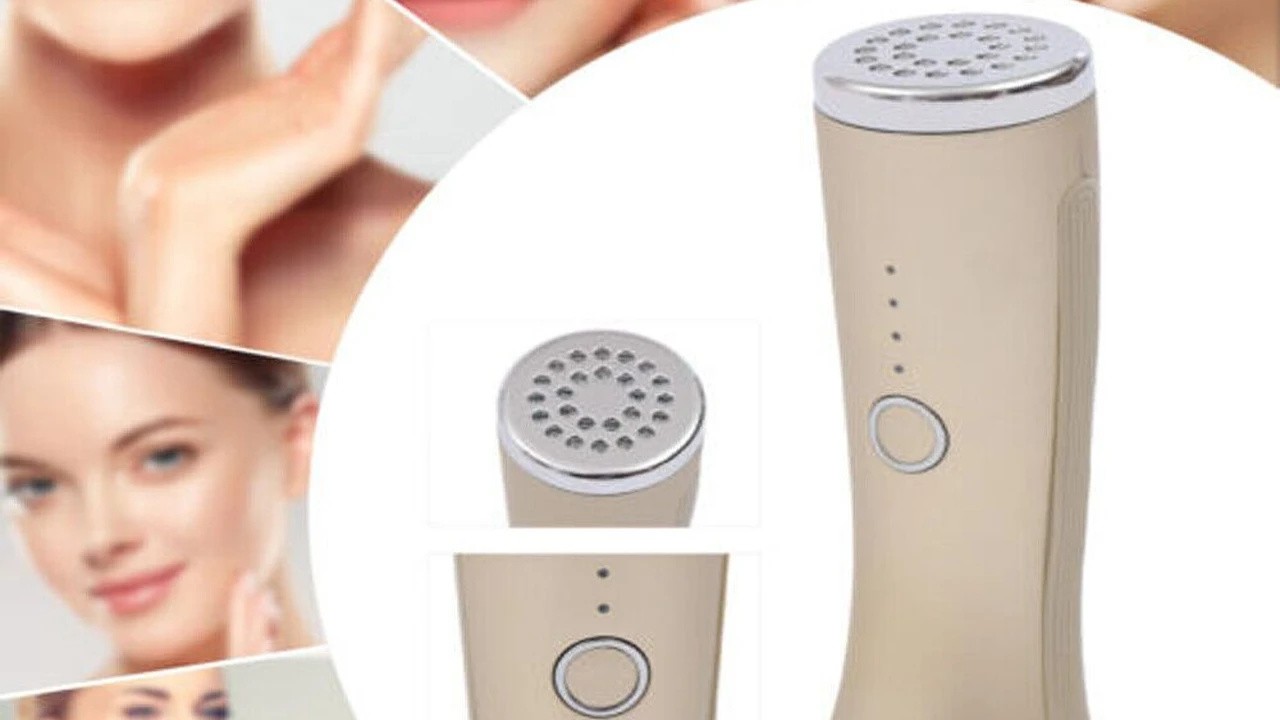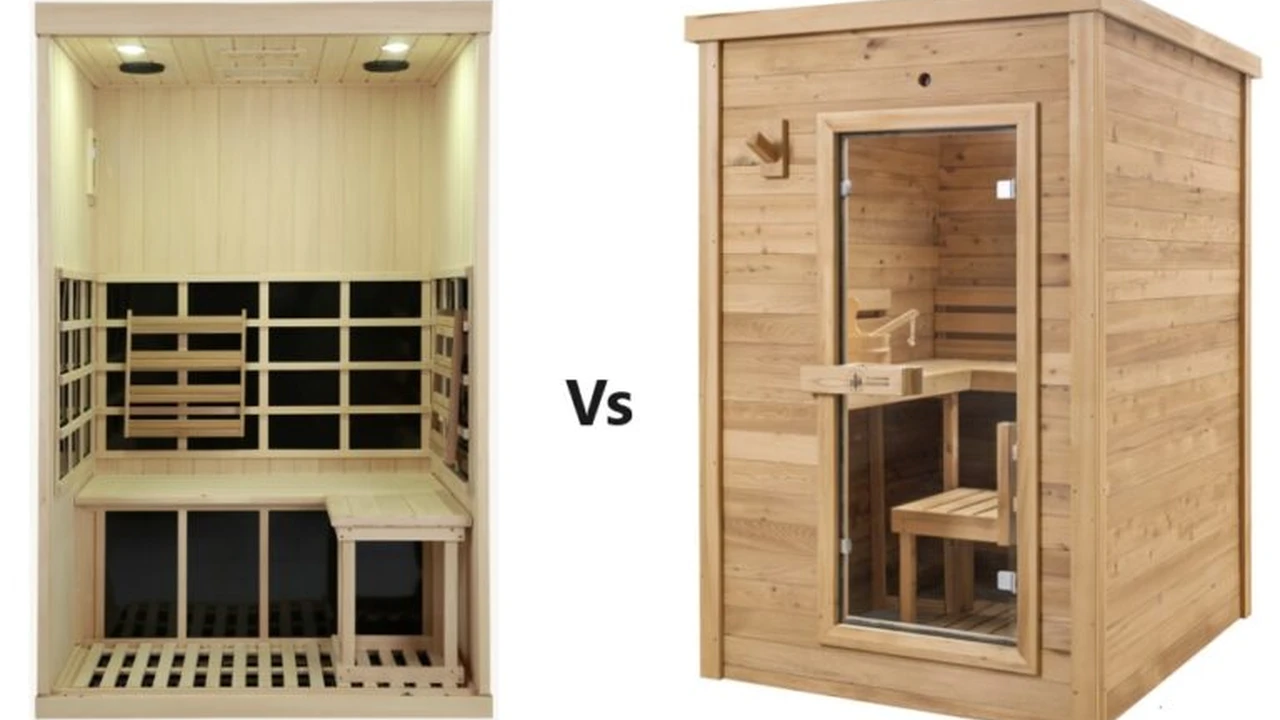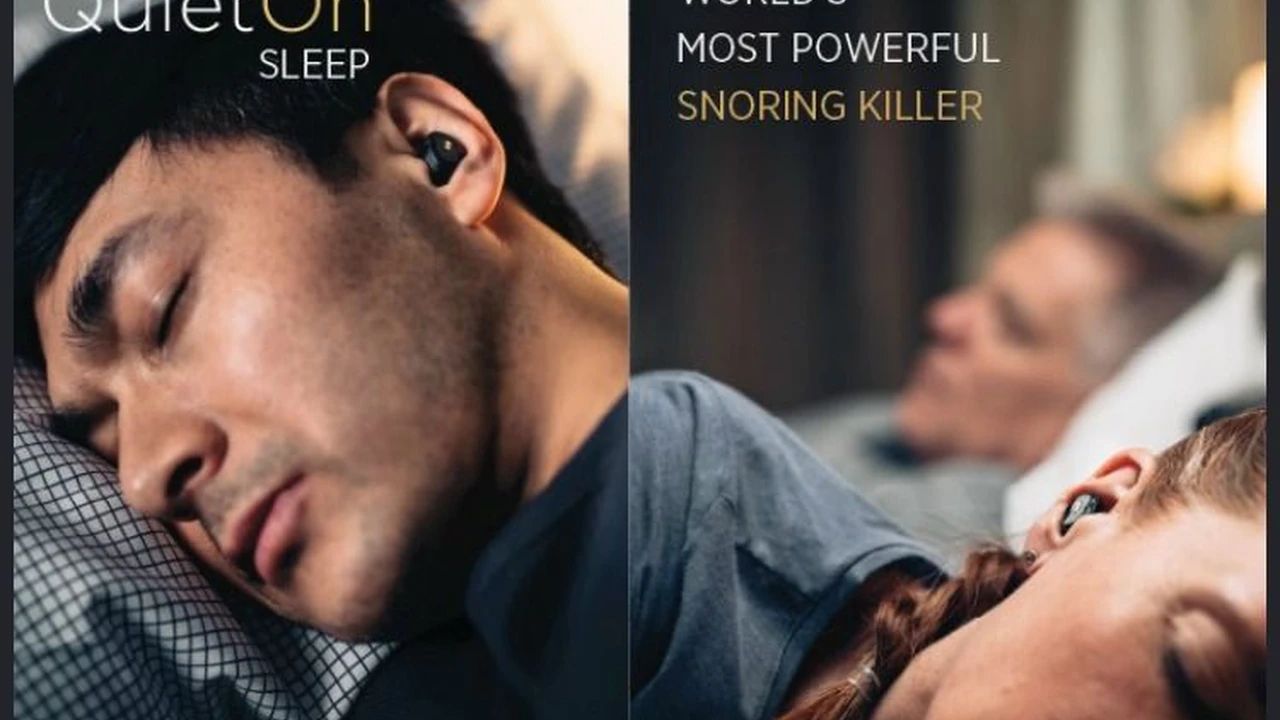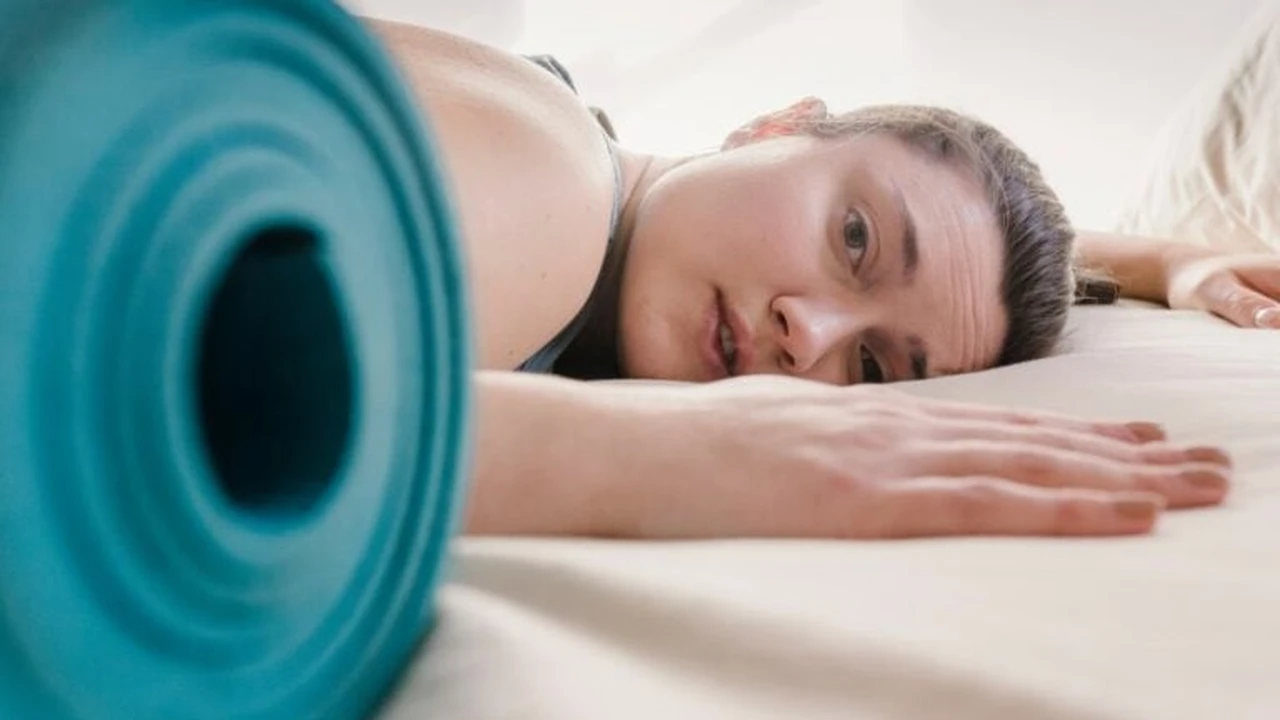Comparing Red Light Therapy Devices for Skin Health
Explore the benefits of red light therapy devices for seasonal skin health. Achieve a radiant complexion year-round.

Comparing Red Light Therapy Devices for Skin Health
Understanding Red Light Therapy and Its Skin Benefits
Red light therapy, also known as photobiomodulation (PBM), has been gaining significant traction in the wellness and beauty industries. It involves exposing the skin to low-level red and near-infrared (NIR) light. These specific wavelengths of light are absorbed by the mitochondria in our cells, which are often referred to as the 'powerhouses' of the cell. This absorption stimulates cellular energy production (ATP synthesis), leading to a cascade of beneficial biological processes. For skin health, this translates into a remarkable array of advantages, making it a popular choice for those looking to enhance their complexion and combat signs of aging.
One of the primary benefits of red light therapy for skin is its ability to stimulate collagen and elastin production. Collagen is the most abundant protein in our skin, responsible for its firmness and elasticity. As we age, collagen production naturally declines, leading to wrinkles, fine lines, and sagging skin. Red light therapy helps to kickstart the fibroblasts, the cells responsible for synthesizing collagen, leading to plumper, smoother skin. Elastin, another crucial protein, gives skin its ability to snap back into place. Increased elastin production contributes to improved skin elasticity and a more youthful appearance.
Beyond anti-aging, red light therapy is also highly effective in reducing inflammation. Chronic inflammation is a major contributor to various skin conditions, including acne, rosacea, and eczema. The anti-inflammatory effects of red light can help calm irritated skin, reduce redness, and promote faster healing. This makes it a valuable tool for managing breakouts and soothing sensitive skin. Furthermore, red light therapy can improve circulation, bringing more oxygen and nutrients to the skin cells, which aids in detoxification and overall skin health. This enhanced blood flow also contributes to a more radiant and even skin tone.
Another significant advantage is its role in wound healing and scar reduction. By accelerating cellular regeneration and reducing inflammation, red light therapy can help wounds heal faster and minimize the appearance of scars, including acne scars and surgical scars. It also has antimicrobial properties, which can be beneficial in treating acne by reducing bacteria on the skin's surface. For seasonal skin health, red light therapy can be particularly useful. During colder months, skin can become dry and dull, and red light can help improve hydration and circulation. In warmer months, it can aid in repairing sun damage and maintaining a healthy glow. It's a versatile tool that can adapt to your skin's needs throughout the year.
Types of Red Light Therapy Devices and Their Applications
The market for red light therapy devices has expanded significantly, offering a wide range of options for home use. These devices vary in size, power, and design, catering to different needs and budgets. Understanding the different types can help you choose the best device for your specific skin concerns and lifestyle.
Handheld Red Light Therapy Devices for Targeted Treatment
Handheld devices are compact and portable, making them ideal for targeted treatment of specific areas. They are perfect for addressing fine lines around the eyes, blemishes, or small scars. Their small size makes them convenient for travel and easy to incorporate into a daily skincare routine. While they may require more time to treat larger areas, their precision is unmatched. Many handheld devices combine red light with other wavelengths, such as blue light for acne treatment, offering multi-functional benefits.
Red Light Therapy Masks for Full Facial Coverage
Facial masks are designed to provide full coverage to the entire face, ensuring even exposure to red light. These masks are often hands-free, allowing you to relax or multitask during your session. They are excellent for overall skin rejuvenation, reducing wrinkles, improving skin tone, and addressing general signs of aging across the face. Some masks also include neck attachments for comprehensive anti-aging benefits. They are a popular choice for those seeking a spa-like experience at home.
Red Light Therapy Panels for Body and Larger Areas
Panels are larger devices, ranging from small desktop units to full-body stands. These are designed for treating larger areas of the body, such as the chest, back, or even the entire body. They are ideal for addressing widespread skin concerns like stretch marks, cellulite, or general skin laxity. Full-body panels are also used for broader wellness benefits, including muscle recovery and pain relief, in addition to skin health. While they require more space, they offer the most comprehensive treatment options.
Red Light Therapy Beds and Pods for Comprehensive Treatment
For the ultimate red light therapy experience, beds and pods offer full-body immersion. These are typically found in professional settings like spas, clinics, or high-end wellness centers, but some luxury home versions are available. They provide uniform exposure to red and NIR light across the entire body, maximizing the systemic benefits for skin health, muscle recovery, and overall well-being. While a significant investment, they offer the most comprehensive and efficient treatment.
Key Features to Consider When Choosing a Red Light Device
With so many options available, selecting the right red light therapy device can feel overwhelming. Focusing on key features will help you make an informed decision that aligns with your needs and budget.
Wavelengths and Their Impact on Skin Penetration
The most crucial factor is the wavelength of light emitted. Red light typically ranges from 630nm to 700nm, while near-infrared (NIR) light ranges from 800nm to 850nm. Red light is excellent for superficial skin issues, such as fine lines, wrinkles, and surface inflammation, as it penetrates the epidermis and dermis. NIR light penetrates deeper into the tissues, reaching muscles, bones, and even organs. This makes NIR ideal for deeper skin concerns like collagen production in the deeper dermis, wound healing, and reducing inflammation in underlying tissues. Many effective devices combine both red and NIR wavelengths to offer a comprehensive treatment that addresses both superficial and deeper skin issues.
Irradiance Power Output and Treatment Effectiveness
Irradiance, measured in mW/cm², refers to the power density of the light emitted. Higher irradiance means more photons are delivered to your cells in a shorter amount of time, leading to more effective and efficient treatments. While some cheaper devices might emit red light, their low irradiance may render them ineffective. Look for devices that clearly state their irradiance levels, especially at the treatment distance. For home use, a good irradiance level for skin benefits is typically above 50 mW/cm² at the skin's surface. Be wary of devices that don't provide this information or claim extremely high power without scientific backing.
Flicker Rate and Eye Safety Considerations
Flicker refers to the rapid on-off cycling of the LEDs. While often imperceptible to the naked eye, high flicker rates can cause eye strain, headaches, and even seizures in sensitive individuals. Look for devices that advertise 'flicker-free' operation or have a very low flicker percentage. This ensures a more comfortable and safer experience, especially when treating areas near the eyes. Always use protective eyewear provided with the device, even if it claims to be flicker-free, as a precautionary measure.
Device Size Portability and Ease of Use
Consider where and how you plan to use the device. If you travel frequently or have limited space, a handheld or smaller panel might be more suitable. If you want to treat larger areas or prefer a more hands-off approach, a mask or a larger panel would be better. Ease of use also matters; look for devices with simple controls, clear instructions, and comfortable designs. Some devices come with stands, timers, and adjustable settings, which can enhance the user experience.
FDA Clearance and Safety Certifications
Always prioritize devices with FDA clearance or other relevant safety certifications (e.g., CE, RoHS). FDA clearance indicates that the device has been reviewed by the U.S. Food and Drug Administration and is deemed safe and effective for its intended use. This provides a level of assurance regarding the device's quality, safety, and performance. Be cautious of devices that make grand claims without any regulatory backing, as they may not be safe or effective.
Top Red Light Therapy Device Recommendations for Skin Health
Based on extensive research, user reviews, and adherence to the key features discussed, here are some top red light therapy device recommendations across different categories, along with their specific applications, pros, cons, and approximate pricing.
Best Overall Red Light Therapy Panel: Joovv Solo 3.0
Application: Full-body and targeted treatment for anti-aging, skin rejuvenation, wound healing, and overall wellness. Ideal for those serious about red light therapy and looking for a powerful, versatile device.
Pros: The Joovv Solo 3.0 is a powerhouse, offering medical-grade irradiance and a combination of red (660nm) and NIR (850nm) wavelengths. It features a sleek, modular design, allowing you to expand your setup over time. It's known for its high-quality build, flicker-free operation, and effective results. The device also includes a 'Recovery+' mode for enhanced muscle recovery and a 'Gentle' mode for sensitive skin. Joovv is a well-established brand in the red light therapy space, known for its scientific backing and customer support.
Cons: The primary drawback is the price, which is on the higher end of the spectrum for home devices. It also requires a dedicated space for setup, especially if you opt for a larger configuration.
Approximate Price: $1,500 - $2,000 (for the Solo 3.0 unit, larger setups can be significantly more)
Where to Buy: Directly from the Joovv website, authorized retailers.
Best Budget-Friendly Red Light Therapy Panel: Mito Red Light MitoPRO 300
Application: Targeted treatment for facial skin health, small body areas, and general anti-aging benefits. A great entry-level option for those new to red light therapy.
Pros: The MitoPRO 300 offers excellent value for its price. It provides a good balance of red (630nm, 660nm) and NIR (830nm, 850nm) wavelengths, with solid irradiance levels. It's compact enough for desktop use but powerful enough to deliver noticeable results for skin rejuvenation. Mito Red Light is also a reputable brand, offering good customer service and a focus on quality components. It's a great stepping stone before investing in a larger, more expensive panel.
Cons: While powerful for its size, it's not a full-body solution. Treating larger areas would require multiple sessions or a larger device. The stand can be a bit flimsy for some users.
Approximate Price: $300 - $400
Where to Buy: Directly from the Mito Red Light website, Amazon.
Best Red Light Therapy Mask: CurrentBody Skin LED Light Therapy Mask
Application: Full facial skin rejuvenation, anti-aging, reducing wrinkles, and improving skin tone and texture. Ideal for convenient, hands-free facial treatments.
Pros: This mask is highly popular and well-regarded for its effectiveness and ease of use. It combines red (633nm) and NIR (830nm) wavelengths to target both superficial and deeper skin concerns. The flexible silicone design ensures a comfortable fit for various face shapes, and it's completely hands-free, allowing you to go about your day during the 10-minute treatment. It's clinically proven to reduce wrinkles by 35% in just 4 weeks. It's also portable and rechargeable, making it great for travel.
Cons: The price point is higher than many handheld devices, and it's limited to facial treatment only. Some users might find the initial sensation of the light intense, though it's generally well-tolerated.
Approximate Price: $350 - $400
Where to Buy: CurrentBody website, Sephora, authorized beauty retailers.
Best Handheld Red Light Therapy Device: Solawave 4-in-1 Radiant Renewal Wand
Application: Targeted treatment for fine lines, blemishes, dark spots, and puffiness around the eyes and mouth. Excellent for quick touch-ups and specific problem areas.
Pros: The Solawave wand is a multi-functional device that combines red light therapy (660nm) with galvanic current, therapeutic warmth, and facial massage. This combination enhances the absorption of skincare products, reduces puffiness, and improves circulation, leading to a more radiant complexion. It's incredibly compact, rechargeable, and easy to use, making it perfect for daily use or travel. It's particularly effective for under-eye bags and fine lines.
Cons: Its small size means it's not suitable for treating large areas. The red light component is less powerful than dedicated panels or masks, so results might be more subtle for overall skin rejuvenation compared to larger devices.
Approximate Price: $150 - $200
Where to Buy: Solawave website, Sephora, Ulta, Amazon.
Best Red Light Therapy for Acne: LightStim for Acne
Application: Specifically designed for treating acne and reducing inflammation associated with breakouts. Combines red and blue light for comprehensive acne treatment.
Pros: LightStim is a well-respected brand in LED light therapy, and their 'for Acne' device is FDA-cleared for treating mild to moderate acne. It uses a combination of red (630nm) and blue (415nm) light. Blue light targets acne-causing bacteria (P. acnes), while red light reduces inflammation and promotes healing. It's a handheld device, allowing for targeted treatment of breakouts. Many users report significant improvements in their acne and overall skin clarity.
Cons: It's primarily focused on acne treatment, so if your main concern is anti-aging, a dedicated red light-only device might be more suitable. It requires consistent use for best results, and the treatment time per area can add up if you have widespread acne.
Approximate Price: $170 - $200
Where to Buy: LightStim website, Ulta, Dermstore, authorized beauty retailers.
Integrating Red Light Therapy into Your Seasonal Skincare Routine
To maximize the benefits of red light therapy, it's essential to integrate it effectively into your existing skincare routine. The beauty of red light therapy is its non-invasive nature and compatibility with most other skincare products and treatments.
Pre-Treatment Preparation and Post-Treatment Care
Before your red light therapy session, ensure your skin is clean and free of any makeup, sunscreen, or heavy creams. These can block the light from penetrating effectively. A gentle cleanser is usually sufficient. You don't need to apply any specific serums or products before the session, as the light works directly on your cells. However, some people prefer to use a hydrating serum or a conductive gel (if recommended by the device manufacturer) to enhance glide for handheld devices.
After your red light therapy session, your skin will be primed to absorb skincare products more effectively. This is an excellent time to apply your favorite serums, moisturizers, and treatments. Ingredients like hyaluronic acid, vitamin C, peptides, and retinoids can work synergistically with the benefits of red light therapy. Always follow up with a broad-spectrum sunscreen during the day, as red light therapy does not provide sun protection.
Optimal Frequency and Duration for Visible Results
Consistency is key with red light therapy. For most devices and skin concerns, daily or every-other-day sessions are recommended for the first 4-6 weeks to kickstart cellular activity and see noticeable results. Typical session durations range from 5 to 20 minutes per area, depending on the device's power and the manufacturer's recommendations. Once you achieve your desired results, you can reduce the frequency to 2-3 times per week for maintenance. Remember that individual results may vary based on skin type, age, and the specific concerns being addressed.
Combining Red Light Therapy with Other Skincare Modalities
Red light therapy can be safely combined with many other skincare modalities to enhance overall results. For instance, using it in conjunction with topical antioxidants can provide a powerful defense against environmental damage. It can also complement treatments like microneedling or chemical peels by promoting faster healing and reducing post-procedure inflammation. However, it's generally advised to avoid using red light therapy immediately after aggressive treatments that cause significant skin sensitivity or open wounds, unless specifically recommended by a dermatologist. Always consult with a skincare professional if you have any doubts about combining treatments.
Seasonal Adjustments for Year-Round Skin Radiance
Your skin's needs can change with the seasons, and your red light therapy routine can adapt accordingly. In winter, when skin tends to be drier and duller, increasing the frequency of red light therapy can help boost circulation and hydration, combating the effects of harsh weather. It can also help with seasonal affective disorder (SAD) by improving mood, which indirectly benefits skin health. In summer, red light therapy can aid in repairing sun damage and maintaining an even skin tone. While red light therapy doesn't protect against UV rays, it can help mitigate some of the cellular damage caused by sun exposure. Consistent use year-round will ensure your skin remains radiant and healthy, regardless of the climate.
Potential Side Effects and Safety Precautions
Red light therapy is generally considered safe and well-tolerated, with minimal side effects. However, like any therapy, it's important to be aware of potential considerations and take necessary precautions to ensure a safe and effective experience.
Mild and Temporary Side Effects to Be Aware Of
The most common side effects are mild and temporary, including slight redness or warmth in the treated area immediately after a session. This is usually due to increased blood circulation and subsides quickly. Some individuals with very sensitive skin might experience a temporary feeling of tightness or dryness. If you experience any discomfort, reduce the session duration or frequency. It's also possible to experience temporary eye strain if protective eyewear is not used, especially with powerful devices or when treating areas close to the eyes.
Contraindications and When to Avoid Red Light Therapy
While generally safe, there are certain contraindications where red light therapy should be avoided or used with caution. Individuals who are pregnant or breastfeeding should consult their doctor before using red light therapy, as there isn't enough research on its effects in these populations. People with a history of photosensitivity, such as those with lupus or porphyria, should also avoid red light therapy. If you are taking photosensitizing medications (e.g., certain antibiotics, retinoids), consult your doctor, as these can increase your skin's sensitivity to light. Individuals with active skin cancer or suspicious lesions should also avoid using red light therapy on those areas without medical clearance. If you have any pre-existing medical conditions or are undergoing medical treatments, it's always best to consult with your healthcare provider before starting red light therapy.
Importance of Eye Protection During Sessions
Even though red and NIR light are generally considered safe for the eyes at low power, prolonged or direct exposure to high-intensity light can potentially cause discomfort or damage. Therefore, it is crucial to always use the protective eyewear provided with your device, especially when treating areas near the face. If your device doesn't come with eyewear, consider purchasing a pair of red light blocking glasses. This simple precaution ensures your eyes are protected from the intense light, allowing you to enjoy the benefits of red light therapy safely.
Proper Device Maintenance and Storage for Longevity
To ensure the longevity and effectiveness of your red light therapy device, proper maintenance and storage are essential. Always follow the manufacturer's cleaning instructions, typically involving wiping the device with a soft, dry cloth or a slightly damp cloth with a mild disinfectant. Avoid using harsh chemicals or abrasive cleaners that could damage the LEDs or the device's surface. Store your device in a cool, dry place, away from direct sunlight and extreme temperatures. Protect it from dust and moisture, and ensure it's stored safely to prevent accidental drops or damage. Regular maintenance will keep your device performing optimally for years to come, ensuring you continue to reap the benefits for your skin health.
:max_bytes(150000):strip_icc()/277019-baked-pork-chops-with-cream-of-mushroom-soup-DDMFS-beauty-4x3-BG-7505-5762b731cf30447d9cbbbbbf387beafa.jpg)






